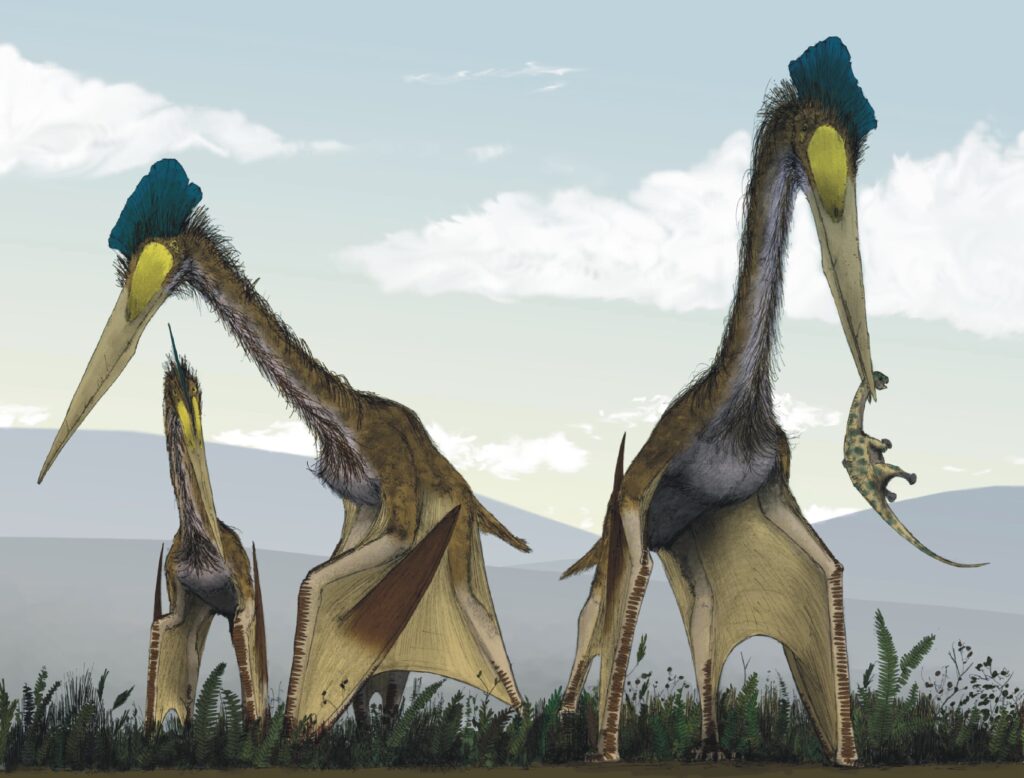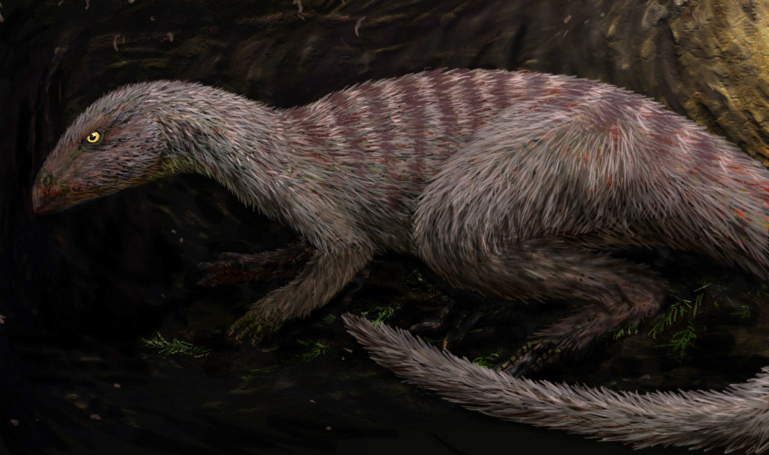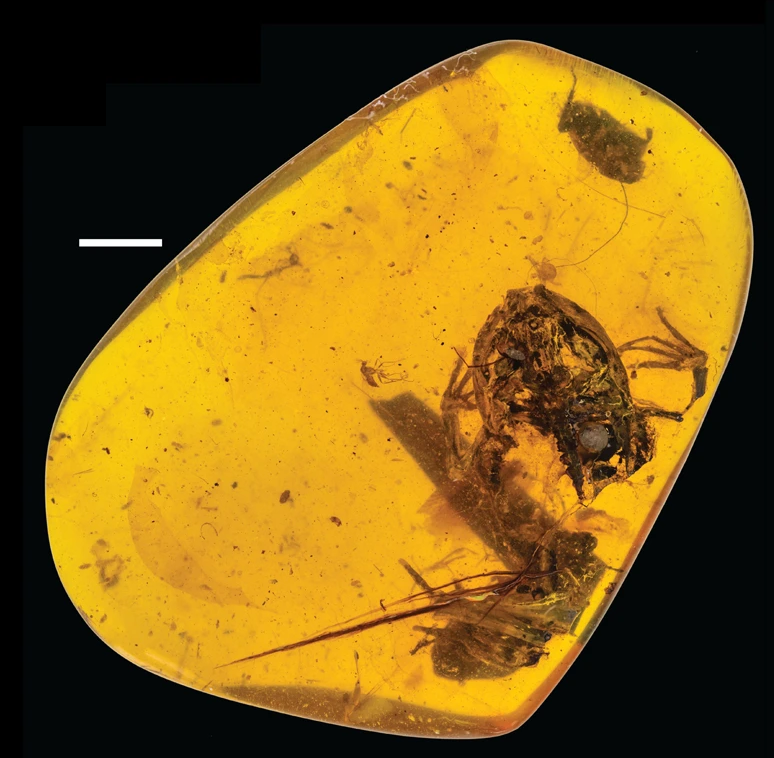When people think about prehistoric creatures, usually steal the spotlight. Yet our planet’s ancient past holds far more mysteries than just T-Rex and Triceratops. Long before and after the age of , Earth was home to some truly spectacular giants that would make today’s largest animals look like pets.
These colossal beasts roamed every continent, ruled the oceans, and dominated the skies. Some were mammals, others were reptiles, and a few were birds that could tower over modern humans. What makes their stories even more fascinating is how recent many of these discoveries are – scientists are still uncovering new species and revising our understanding of these magnificent creatures.
Diprotodon – The SUV-Sized Wombat That Migrated Across Australia
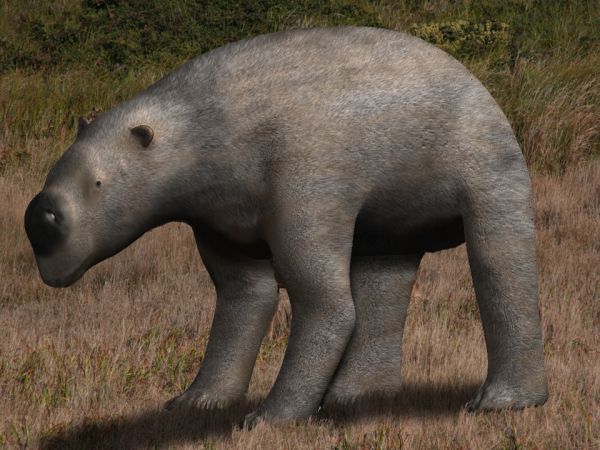
Imagine a wombat the size of a small car, standing nearly six feet tall and stretching over thirteen feet from head to tail. Diprotodon is the largest-known marsupial to have ever lived, weighing up to approximately 2,800-3,000 kilograms. These gentle giants were the largest marsupials to ever walk the Earth.
What makes Diprotodon truly remarkable is that it’s the only known marsupial to undertake seasonal migrations, traveling considerable distances each year following shifts in vegetation and rainfall. It is the only marsupial and metatherian that is known to have made seasonal migrations. Picture herds of these massive creatures moving across ancient Australian landscapes like prehistoric versions of wildebeest migrations in Africa.
Megalania – The Venomous Dragon That Ruled Australia’s Past
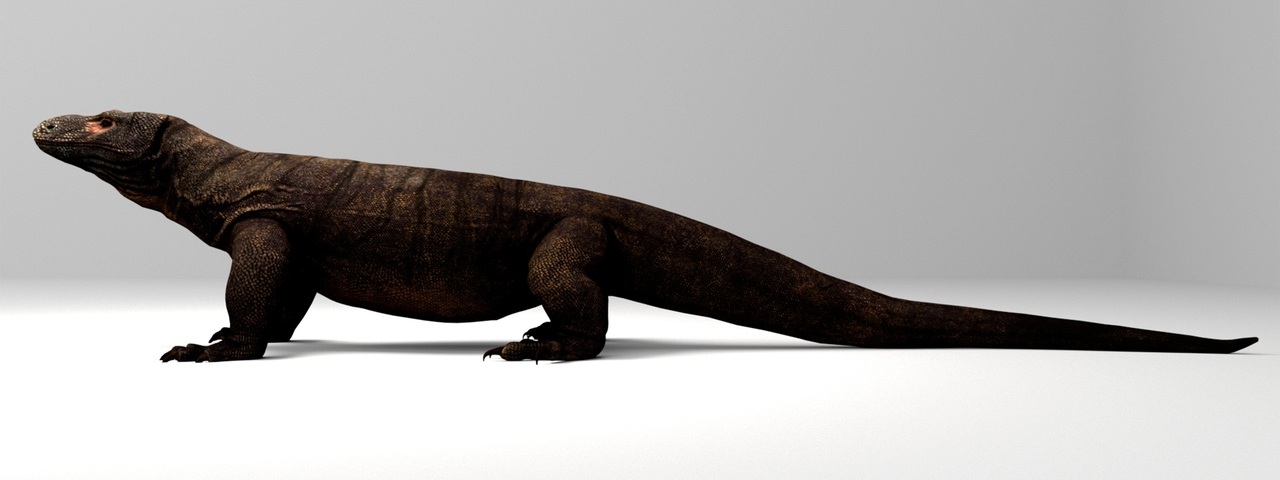
Megalania is the largest terrestrial lizard known to have existed, though the fragmentary nature of remains makes estimates highly uncertain. Recent studies suggest most specimens reached around 2-3 meters in body length excluding the tail, while some individuals were significantly larger, reaching sizes around 4.5-7 meters in length.
Megalania is thought to have had a similar ecology to the living Komodo dragon which may be its closest living relative. Like these relatives, it’s likely Megalania was a venomous animal, and if that’s the case it’s the largest venomous vertebrate to ever live. Judging from its size, it would have fed mostly upon medium- to large-sized animals, including any of the giant marsupials such as Diprotodon, along with other reptiles and small mammals, as well as birds and their eggs and chicks.
Quetzalcoatlus – The Flying Giant With a 40-Foot Wingspan
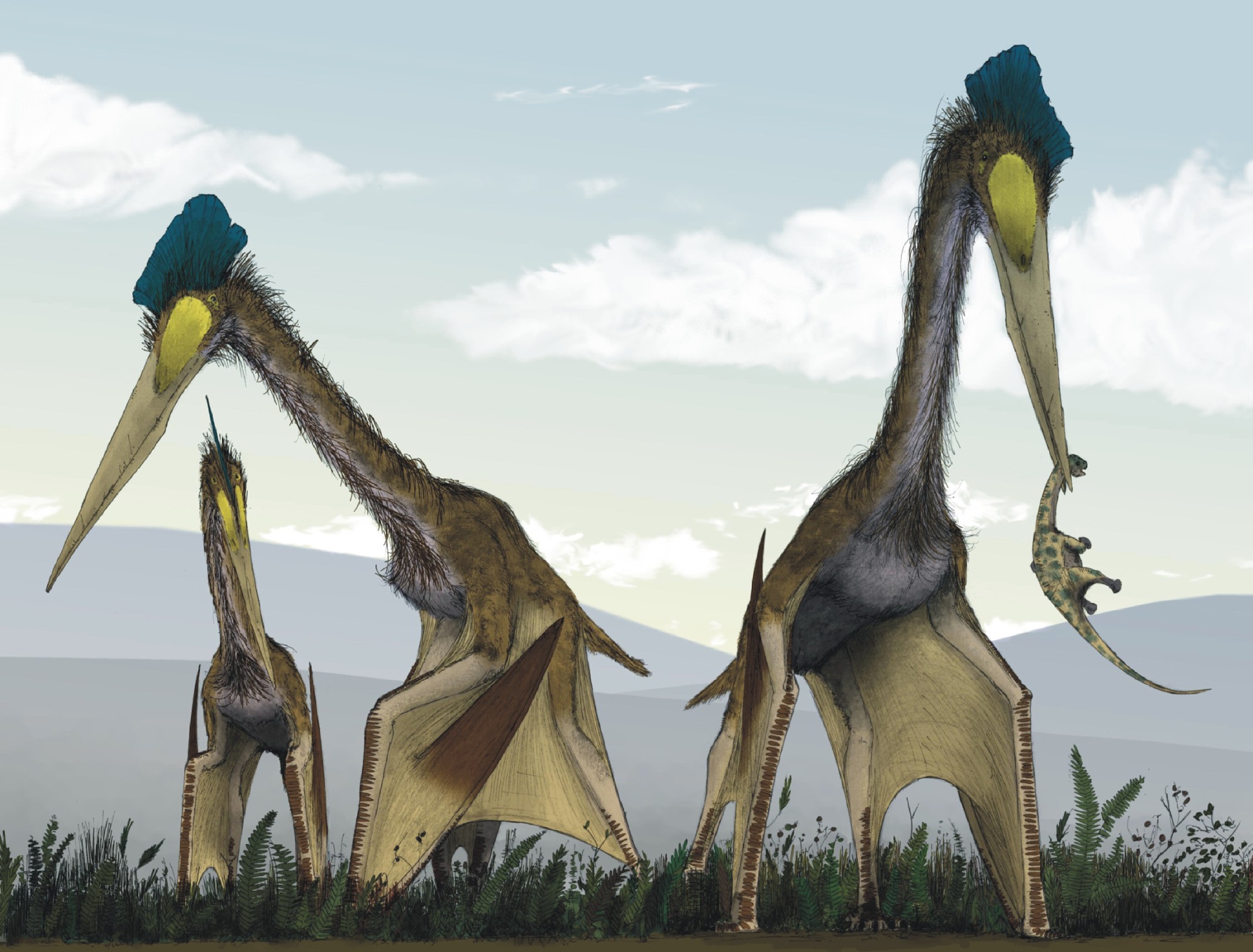
Of all the pterosaurs, the giant azhdarchid Quetzalcoatlus northropi casts the largest shadow over its domain. With a wingspan of approximately 33-34 feet (10-10.4m) and a standing height of 15-20 feet (5-6.5m), Quetzalcoatlus was not only easily the largest pterosaur, it was the largest flying animal in the history of planet Earth.
It was a generalist carnivore, thought to have been equally comfortable striding and galloping on land as it would be in the air, stalking prey and carrion in late Cretaceous North America. These creatures weren’t just impressive fliers – they were terrestrial hunters that could walk on their wings like massive, feathered bulldozers. Their size challenges everything we think we know about the limits of powered flight.
Paraceratherium – The Hornless Rhino Taller Than a Giraffe
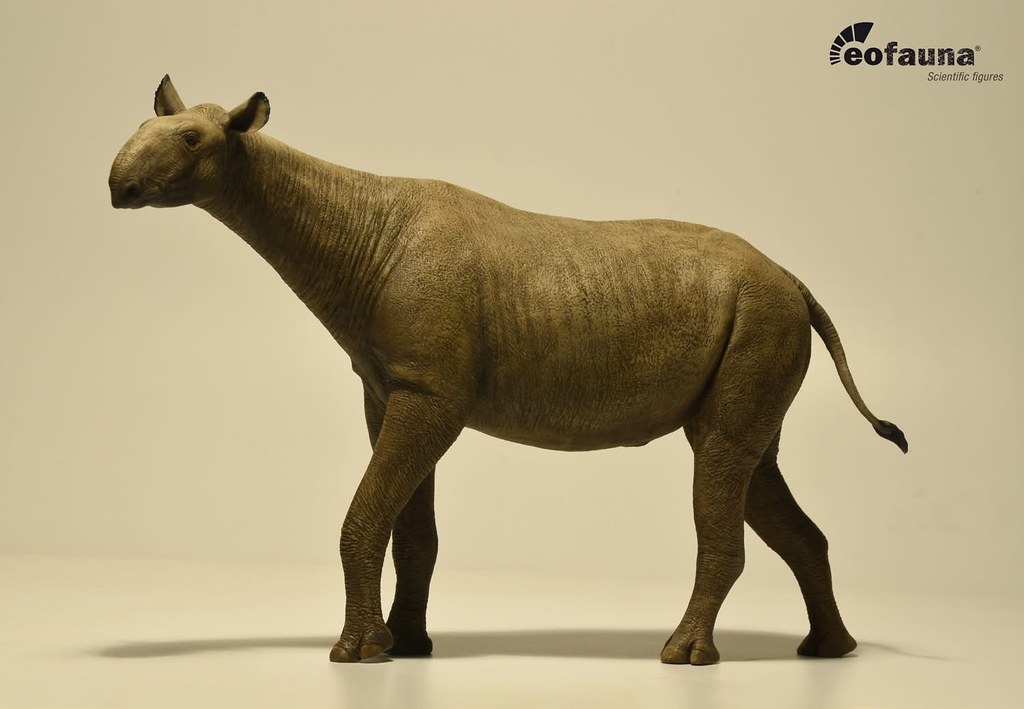
By the Oligocene, around 33.9–23 million years ago, large mammals were found all over the world, including the largest mammal to ever live on land, a 20-ton hornless rhinoceros. Even after they had died out, the mammals swiftly filled the open niches of the giant , with massive extinct elephants like Palaeoloxodon or the giant long-necked rhinoceros, Paraceratherium.
Standing roughly sixteen to eighteen feet in total height, Paraceratherium made modern elephants look small. These massive browsers used their incredible height to reach vegetation that no other land animal could access. Their long necks allowed them to graze like massive, prehistoric giraffes, but with the bulk and power of modern rhinos multiplied several times over.
Titanoboa – The Snake That Could Swallow a Crocodile Whole
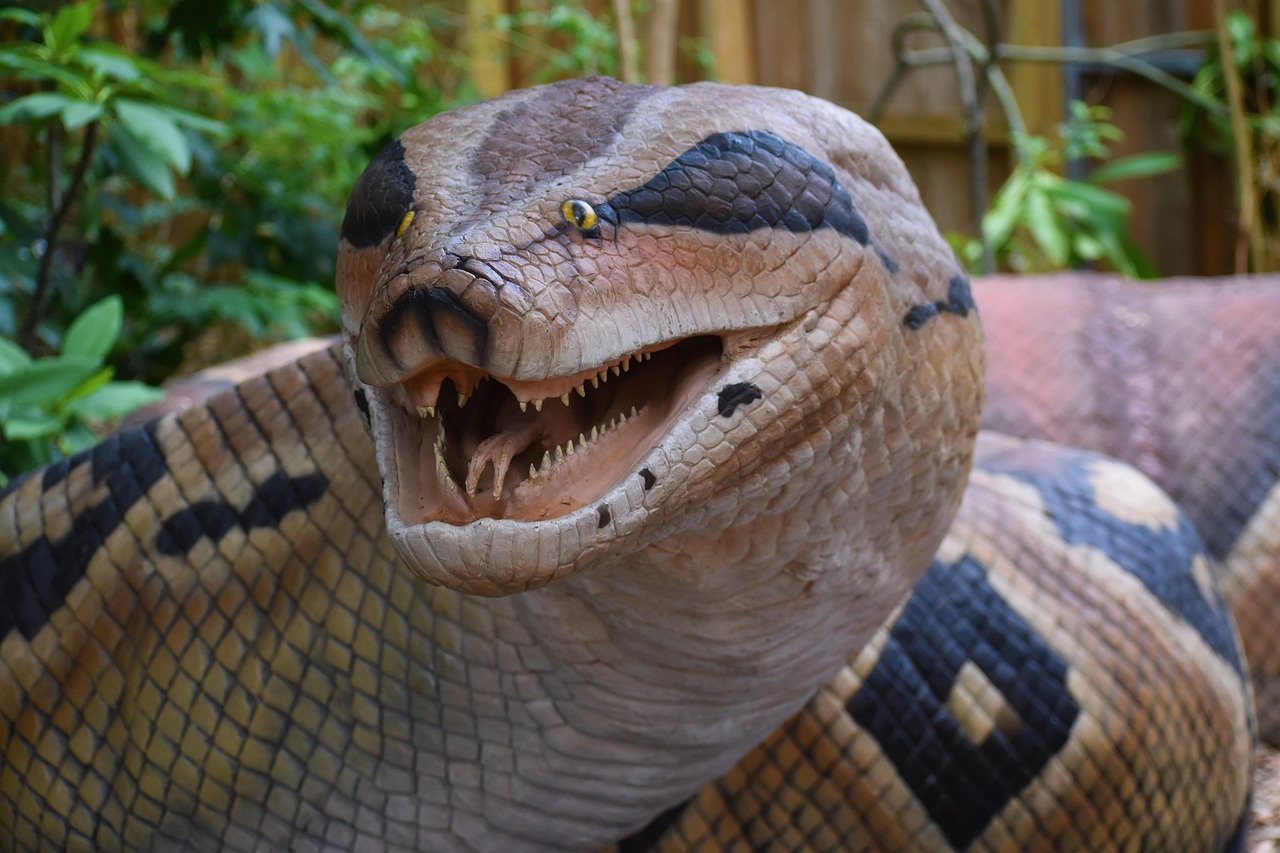
During the Paleocene, apex predator niches were often occupied by reptiles, such as terrestrial crocodilians or large snakes like Titanoboa. This prehistoric serpent lived roughly 60 million years ago in what is now Colombia, reaching lengths of up to 42 feet and weighing over a ton.
Unlike modern snakes that kill by venom or constriction, Titanoboa was so massive it could simply overpower almost any prey through sheer size and strength. The snake lived in hot, humid swamplands and likely fed on giant turtles, crocodiles, and early mammals. Its existence tells us that Earth’s climate was significantly warmer in the past, as cold-blooded reptiles of such enormous size could only survive in consistently tropical conditions.
Terror Birds – The Feathered Nightmares That Ruled South America
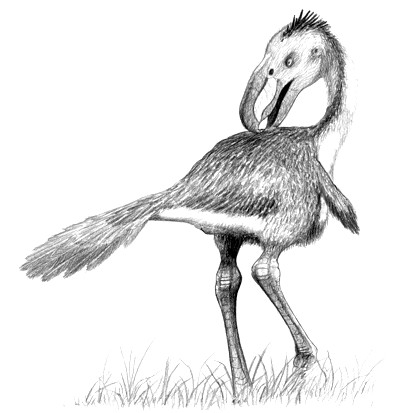
The 3-metre tall terror bird, the over-10-metre long megalodon dominated different ecosystems during the Cenozoic era. During this interval, apex predator niches were often occupied by flightless birds (e.g. Paleopsilopterus in South America). These massive, flightless predators stood up to ten feet tall and possessed powerful legs built for chasing down prey.
Terror birds had enormous skulls armed with massive, hooked beaks capable of delivering bone-crushing blows. Their powerful leg muscles could generate tremendous running speeds, making them the apex predators of their time. Some species possessed claws the size of meat hooks, perfect for pinning down struggling prey before delivering the killing blow with their formidable beaks.
Conclusion
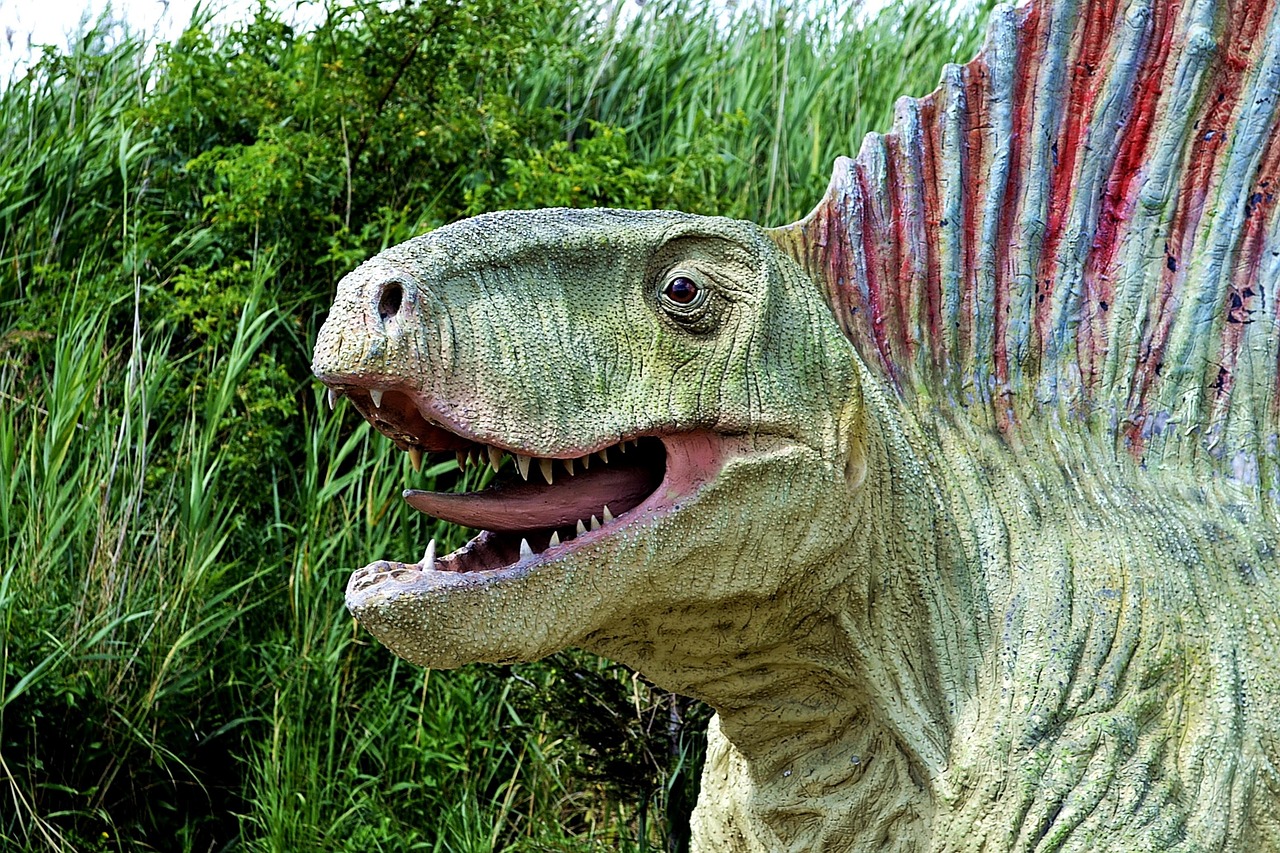
These prehistoric giants remind us that Earth’s history is filled with creatures far more spectacular than anything alive today. The combination of natural climate change and human activities had different impacts in different parts of the world, with many species present on all continents during the Pleistocene when the age of giant mammals was at its peak.
What’s particularly striking is how recently many of these giants disappeared – some survived until humans arrived, suggesting our ancestors shared the world with creatures that seem more like movie monsters than real animals. The next time someone mentions prehistoric beasts, remember that were just the opening act. These incredible giants prove that nature’s creativity knows no bounds.
What do you think about it? Tell us in the comments – which of these prehistoric giants would you have most wanted to see alive?

